Gardening is a great metaphor for the value of effort and perseverance in life. This outdoor hobby is an important reminder that even in our world of instant gratification and next-day delivery there is still something to be said for patience. There’s at least one thing in this life that you still have to wait to achieve, and that is a luscious garden. But in order to achieve that luscious oasis one day, it’s best to start off on the right foot. Home gardening can seem difficult at first, but you’ll be happy to know that most home gardening projects are quite simple.
There are also plenty of considerable benefits to starting your home garden. Starting your garden is all down to getting the first few simple steps right. If you’ve been wondering and deliberating on how to start a garden, know that you’re just a few gardening tips and tricks away from doing it and doing it well.
Picking the Right Spot
Gardening is a hobby that will teach you to be more connected to nature. Knowing where to plant and where not to plant is part and parcel of that awareness. Two major factors should be taken into account when looking for the right spot to plant: sun and water. Your plants will need a good amount of sun (at least six hours a day) if they are to do well. However, it's important not to give your plants too much sun also. If you live in an especially hot place - like Arizona - you’ll need to have some kind of shading for your plants. Water is another essential for your plants. As a rule of thumb, the closer your plants are to a water hose, the better. Ideally, you want your plants in easy reach of your garden hose, so you can keep them hydrated in the dog days of summer.
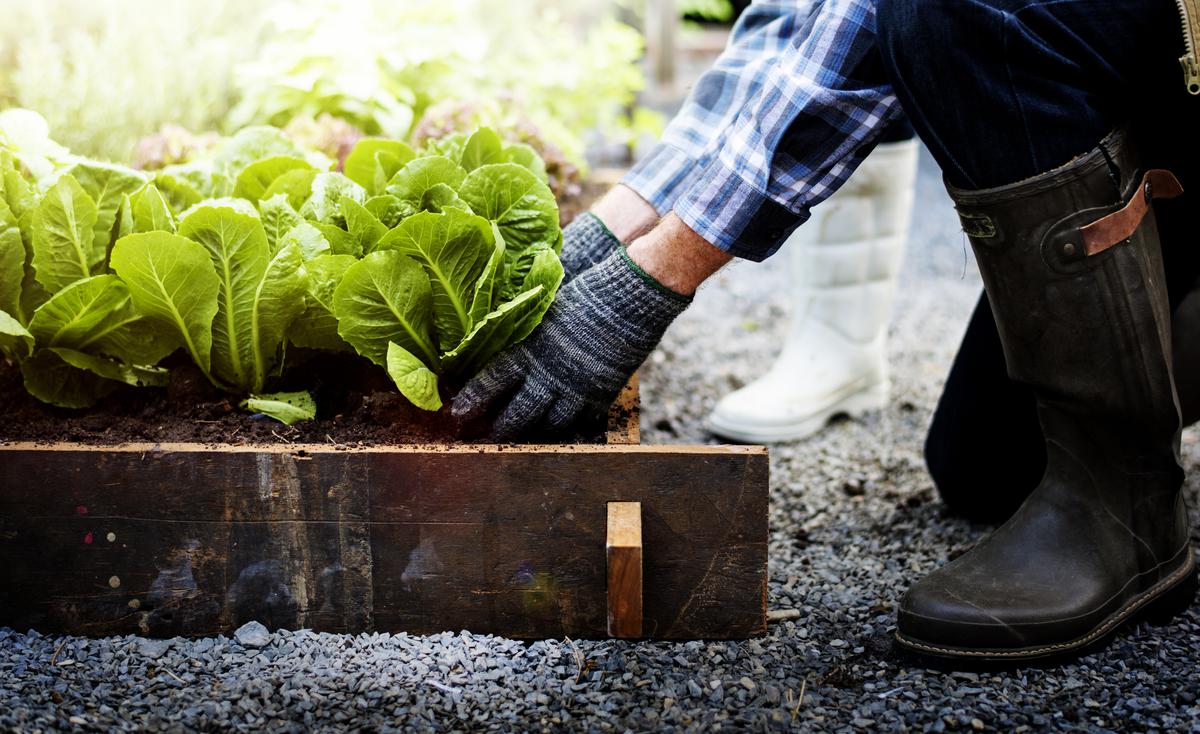
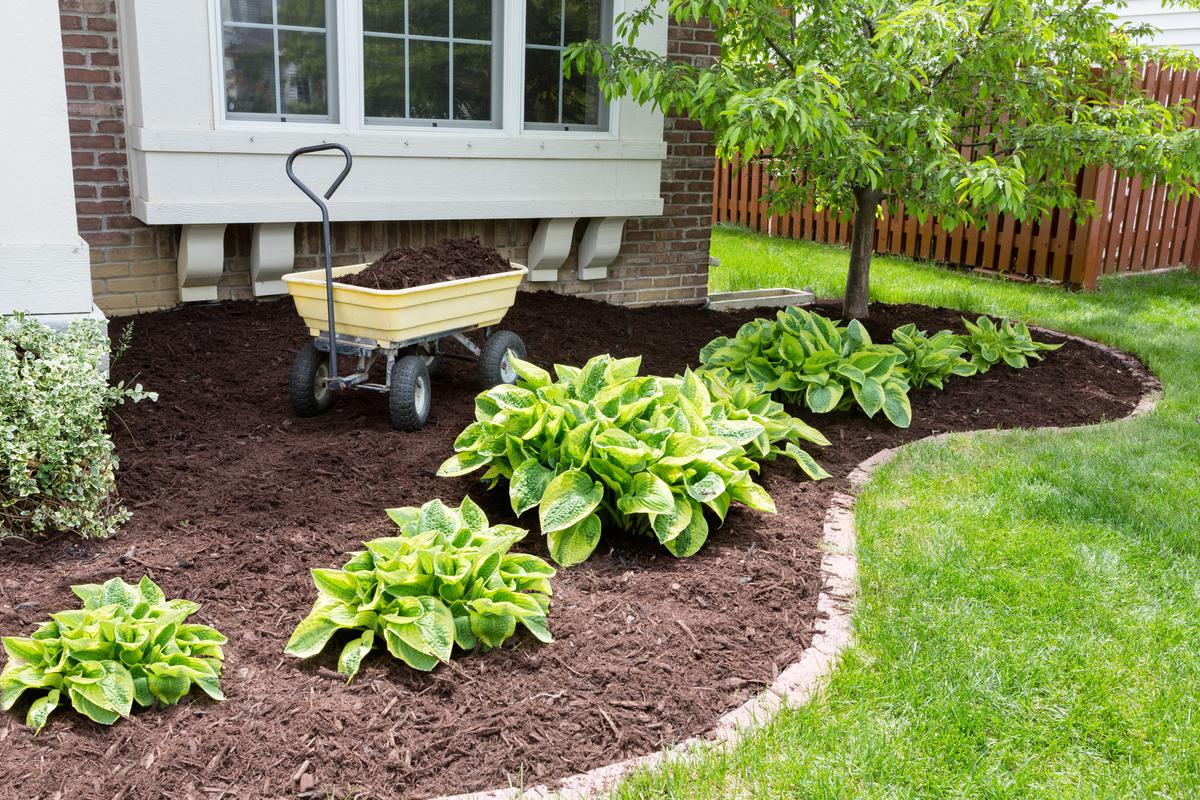
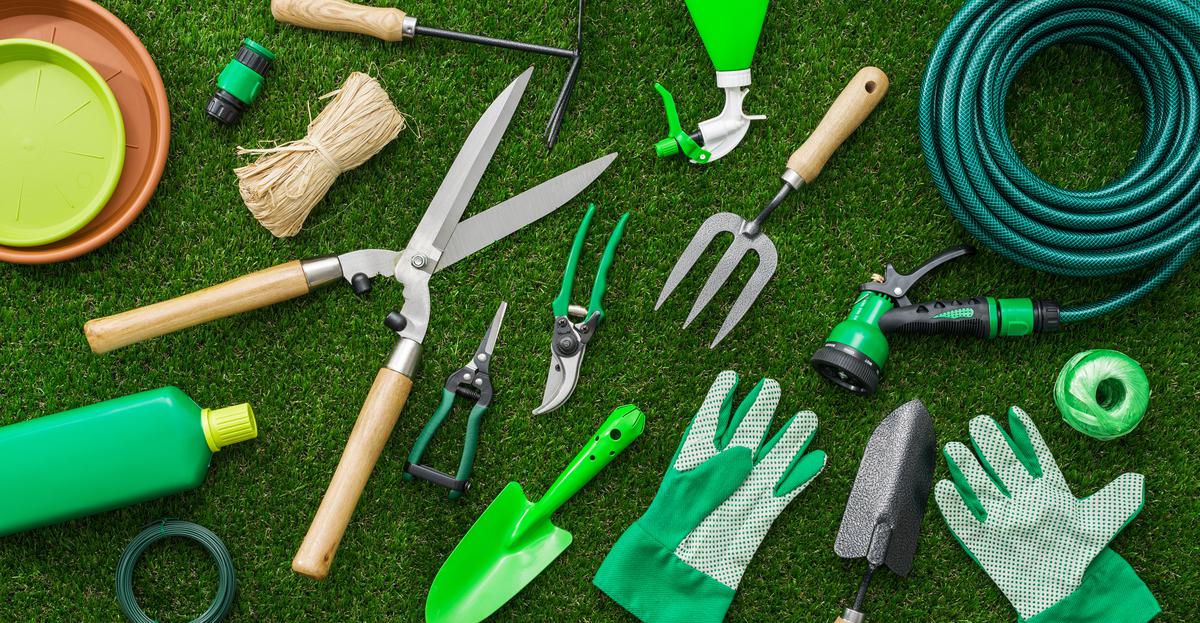
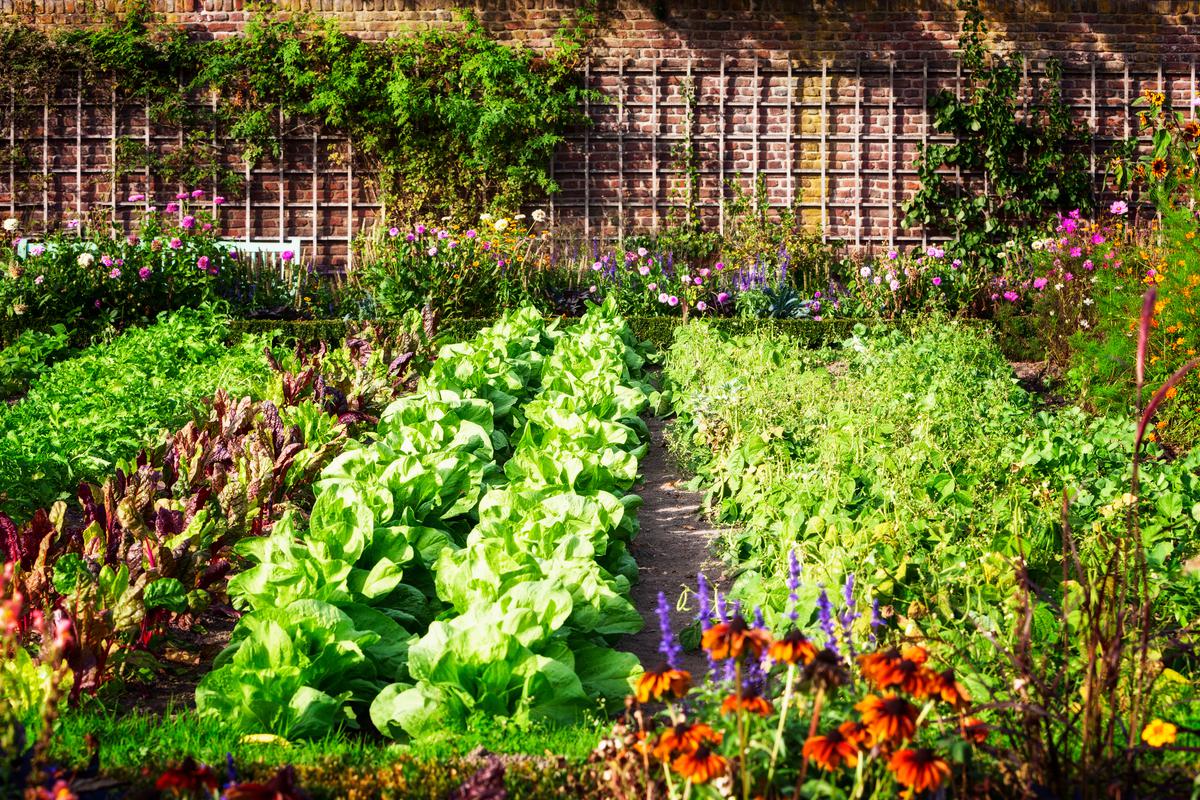
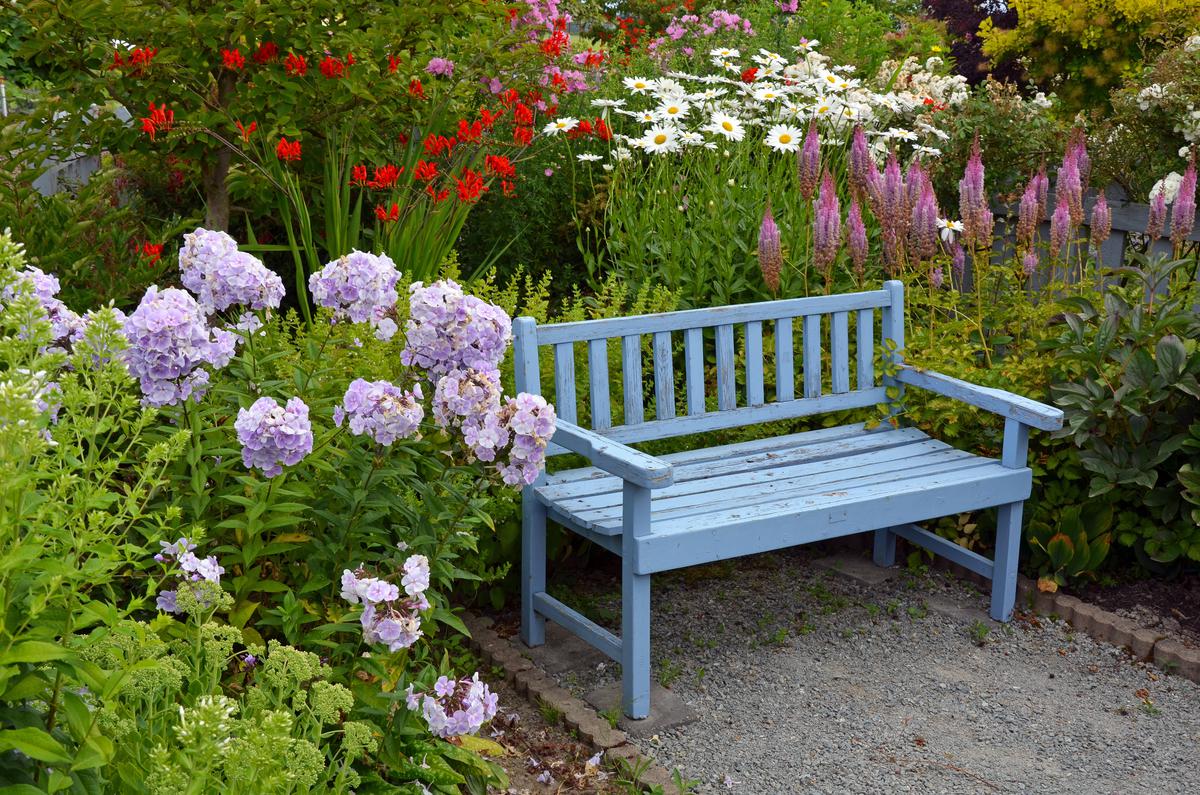
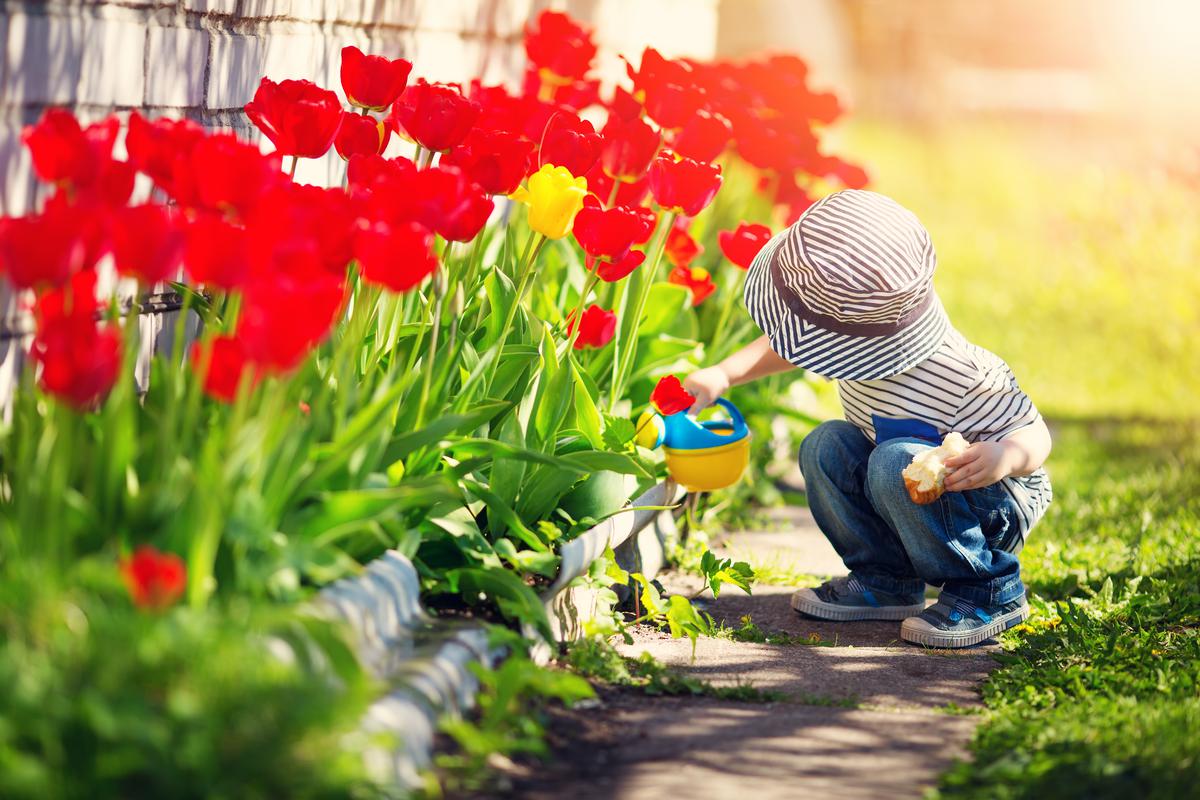
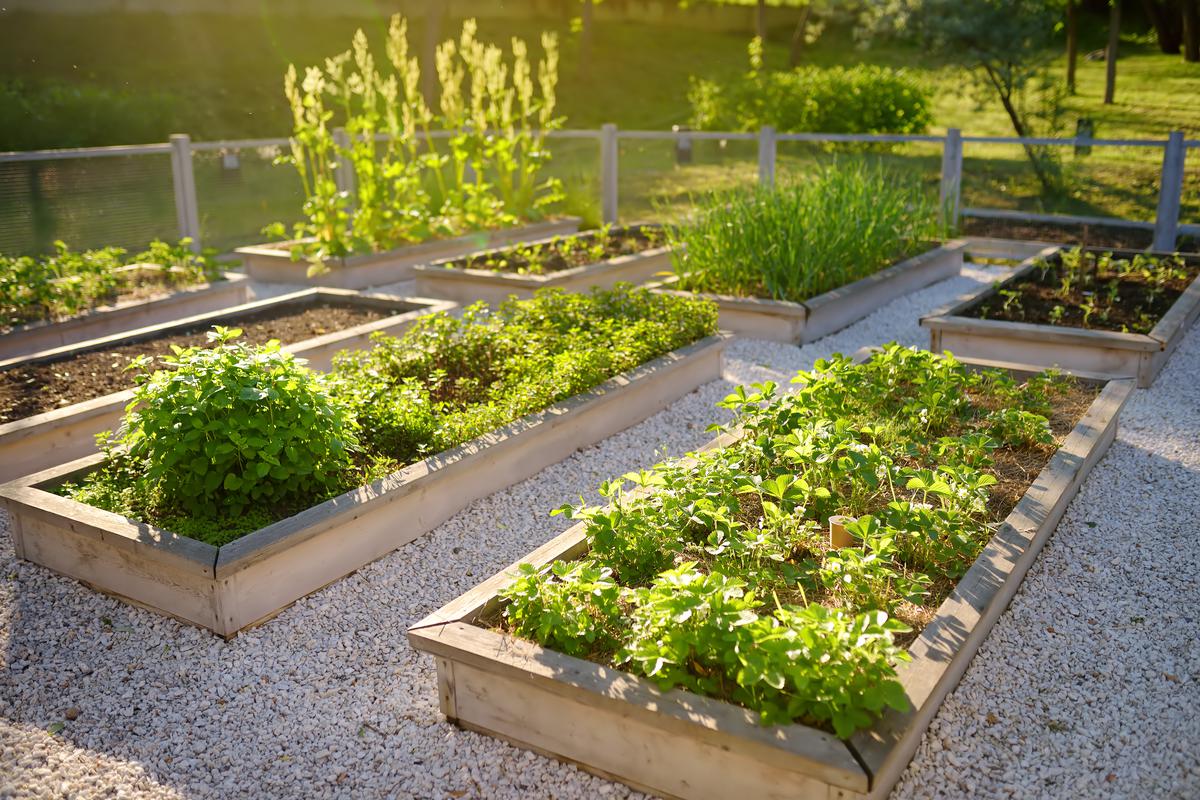
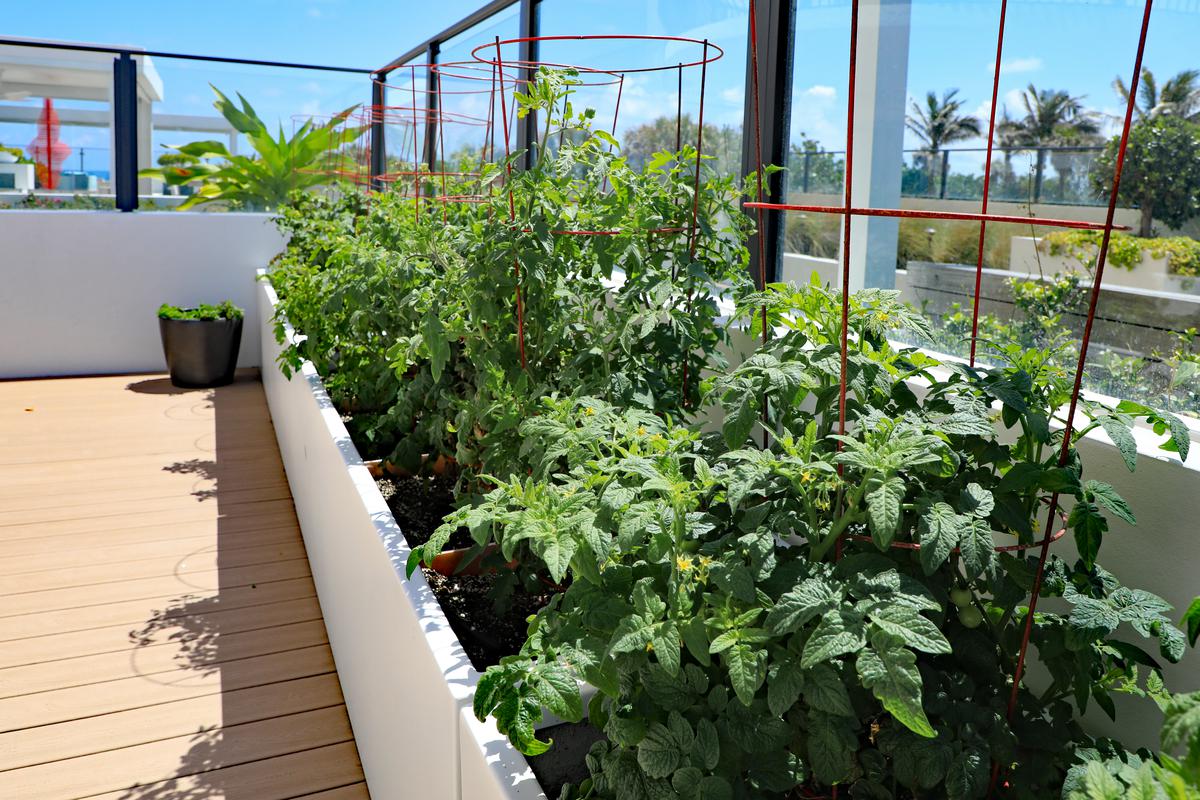
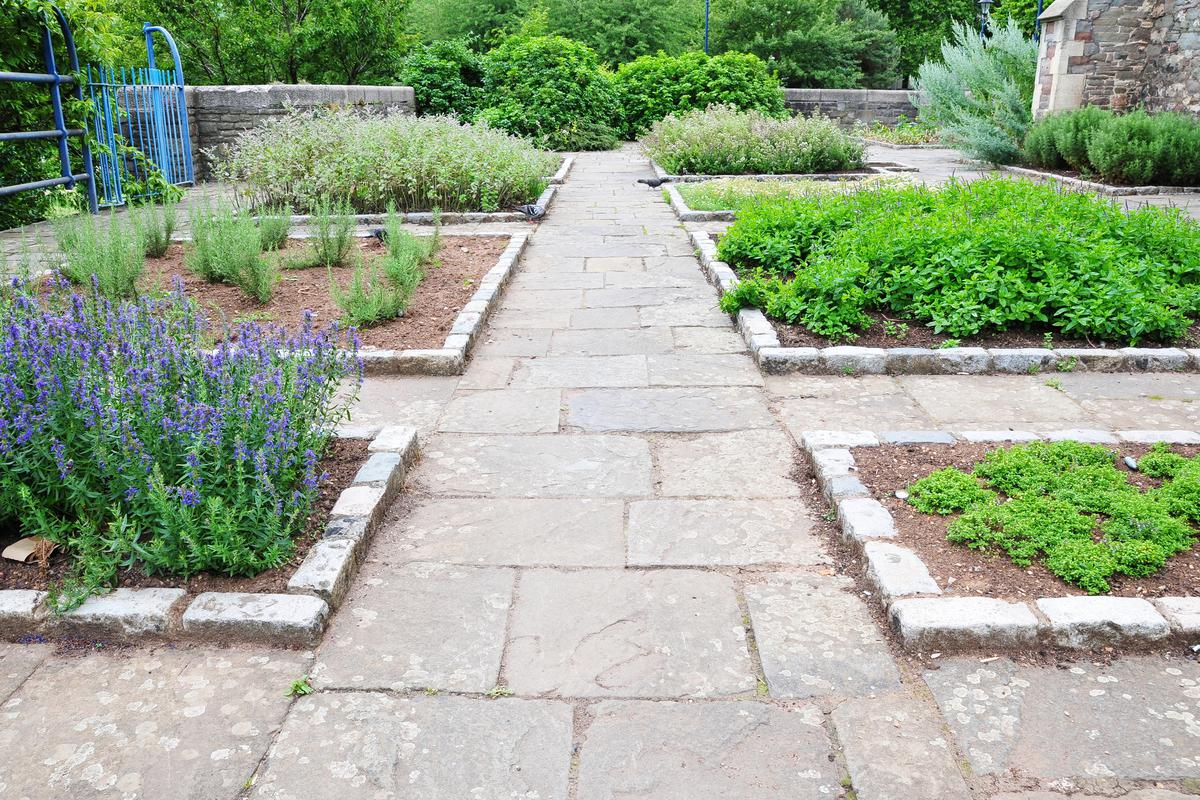
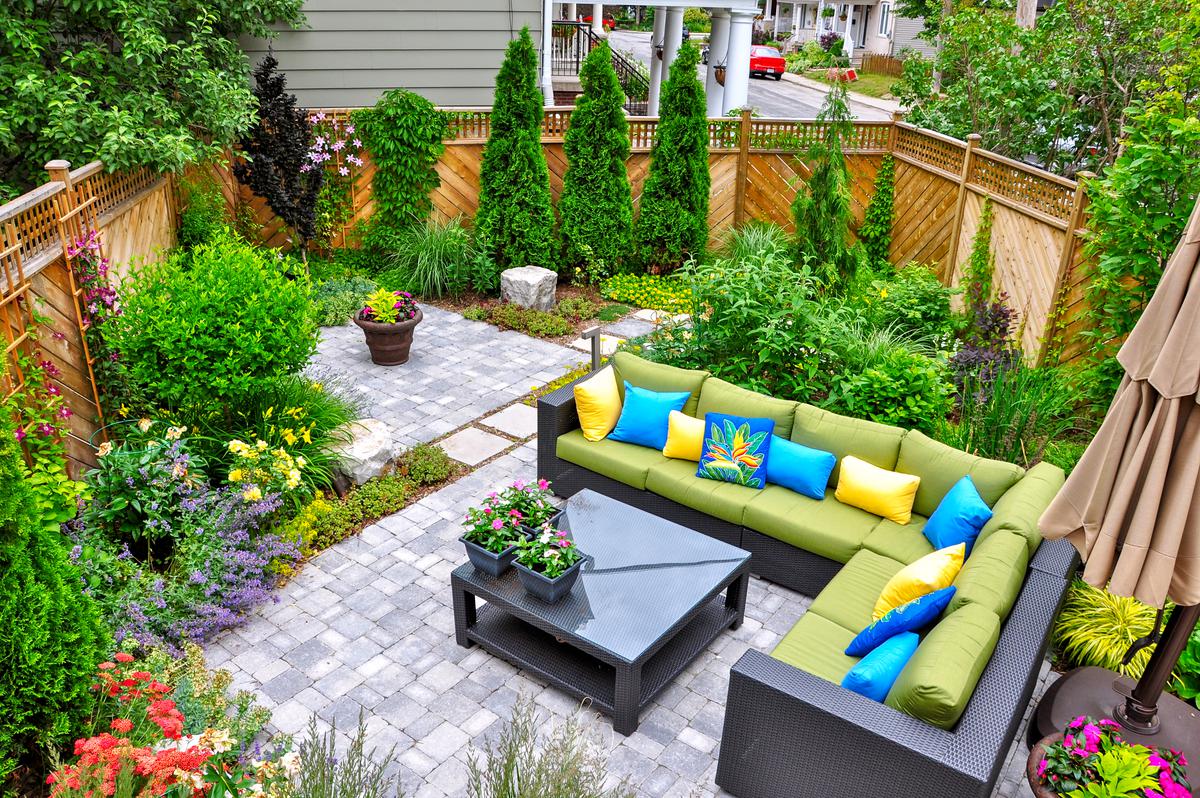

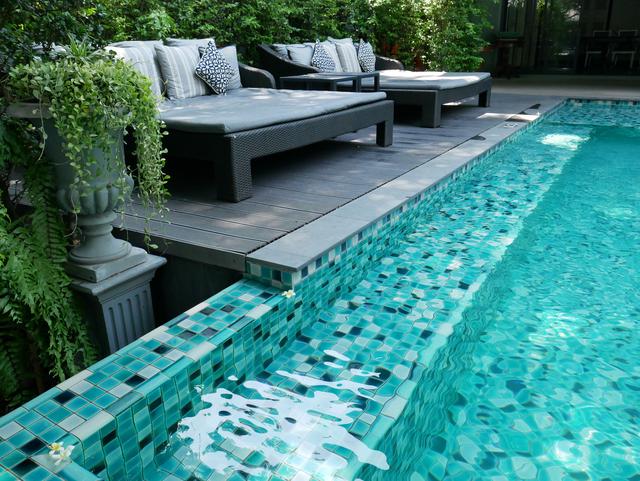
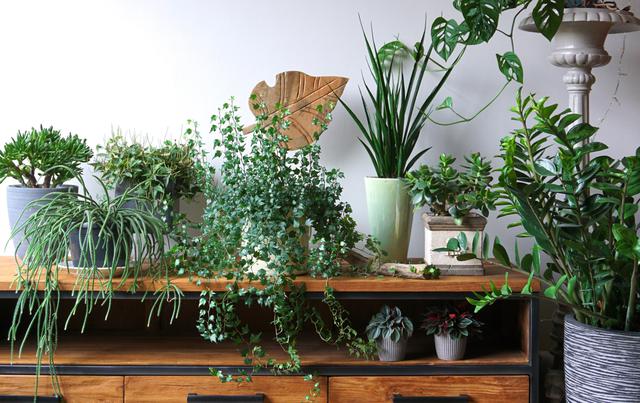


comments